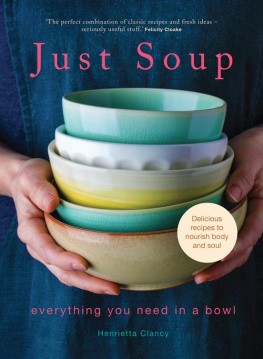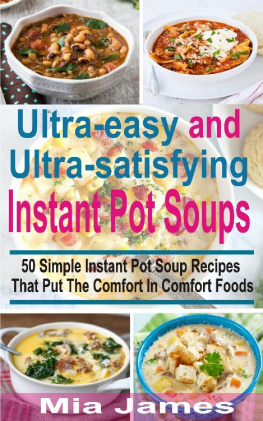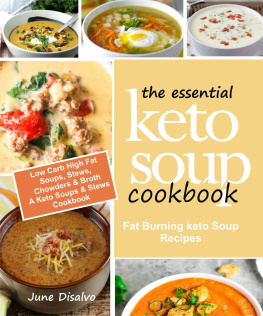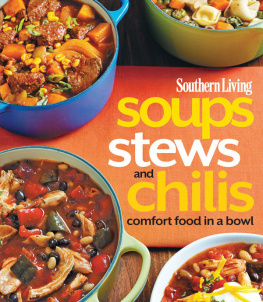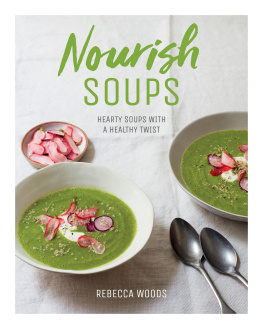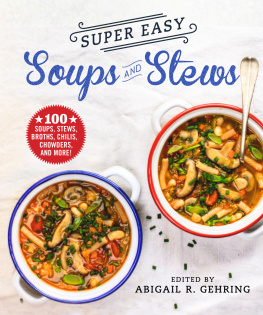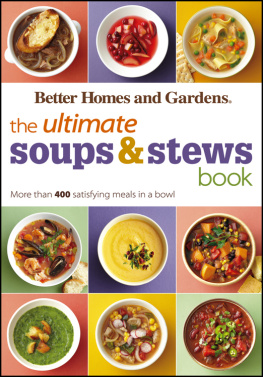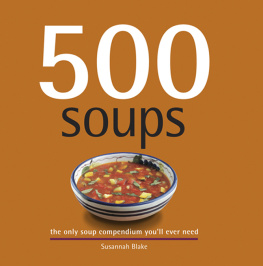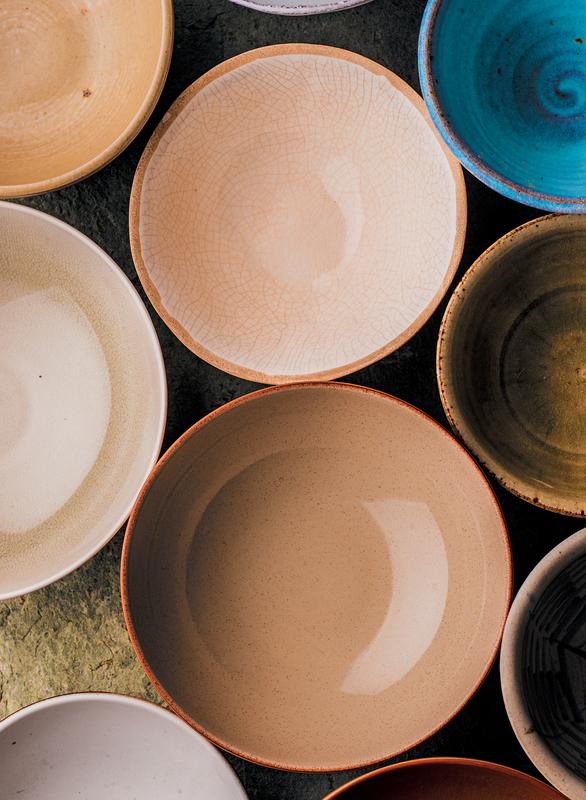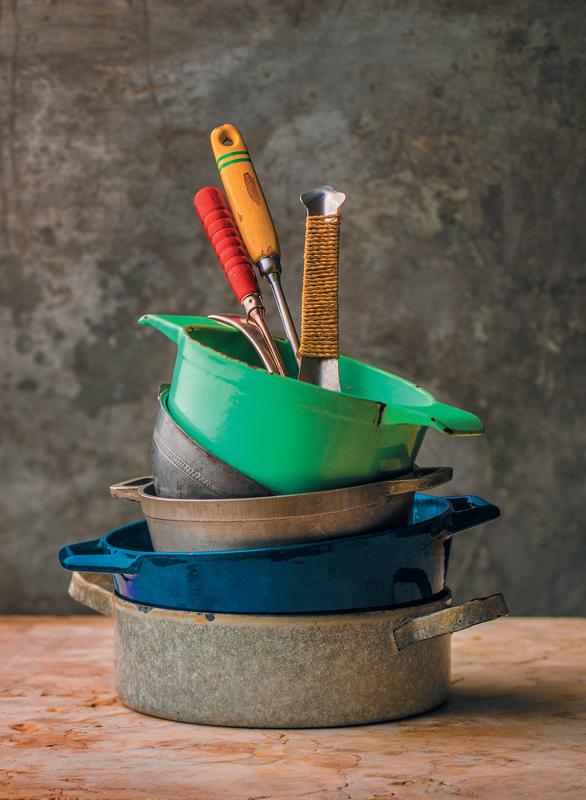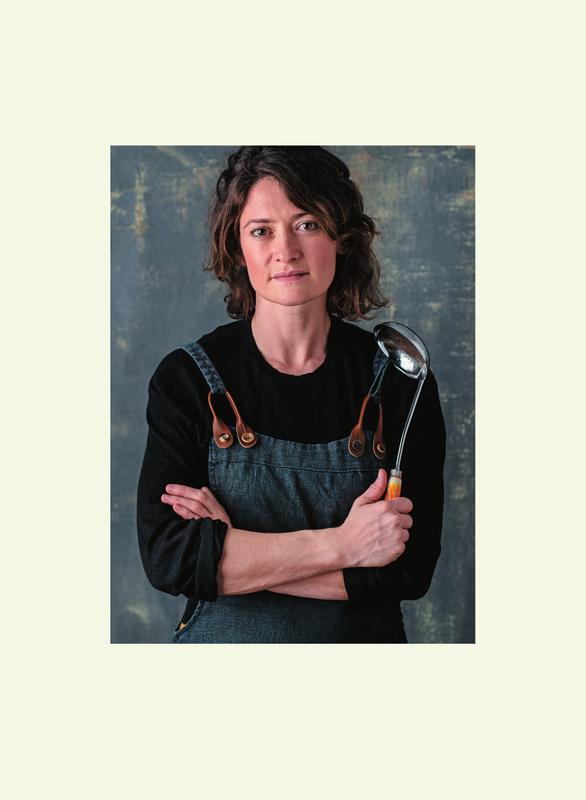Theres something comforting about tackling a meal with a spoon. For most of us it was the first utensil we held.
Its soup spoons specifically that Ive always had a thing for. As a child I rifled through the cutlery draw before breakfast and sought one out for cereal, the better to savour its pools of liquid. I used it for ice cream too, as well as for food that a fork might have been better suited to. I was in good company with my quirk. The food writer Bee Wilsons tool of choice was a teaspoon: as an eccentric and somewhat troubled teenager, for several years I ate all my food anything that didnt need cutting, at any rate with a teaspoon I remember how safe it made me feel, spooning up tiny morsels like an infant.
Perhaps the comfort of spoons has got something to do with the fact that when youre armed with one youre most likely eating from a bowl. You have a hand free to cradle that bowl, feel the warmth within, and a chance to really consider whats before you.
Its odd really that soup gets pigeon-holed as a cold-weather food, because its most prevalent in countries where the temperature seldom dips beneath that of the hottest day in an English August. Indias thick dals, Vietnams clear phos, Thailands coconut broths, Africas pulse-heavy stews, theyre all consumed in the sun. And yet in England we seem to have given ourselves an all too brief soup season that begins when leaves fall and ends as soon as we take our scarves off. If we were going to assign liquid food to any season, in fact, it would probably make more sense to give it to summer, where its high water content would keep us hydrated. This is precisely why soup is popular all over the world, and one of the many reasons it is the ultimate food of convalescence.
Nutritional fads may come and go but soup, imbued with the power to heal the sick and warm the soul, is a mainstay. As well as being a liquid and therefore a vehicle for easily digestible nutrients, soups made from slow-cooked bones also have anti-inflammatory properties. Chicken soup, sometimes referred to as Jewish penicillin, is probably the most revered and long-standing example, but there are others, from the rice congees of Chinese folklore to the ancient Ayurvedic soups of India. Of course you dont need to be sick to enjoy the benefits of soup. I believe a soup can be found for most occasions and will satiate most cravings rich and piquant broths to replenish salt levels after exercise, colourful and spicy curried soups to light up your eyes and stir your nostrils, and tangy sour soups to refresh and energise.
Soup offers health for everyone. At a time when people struggle to meet their five-a-day, soup can neatly smuggle the necessaries into a bowl. If you are given to dieting you could do much worse than live off soup three or four days a week and souping is certainly a far more gratifying and beneficial alternative to high-sugar juice diets. Soup provides nourishment while helping you lose weight. You can feel full as well as great. And because its easy to digest you are more likely after an evening bowl to have a restful nights sleep and wake with energy.
The recipes included in this book are not diet soups, but neither are they creamed or thickened with egg yolks techniques I feel are better suited to small portions, or starters, whereas all of the soups here will work as main meals.
A brisk, kineograph-style flick through its pages will show you I am not afraid of garnishes. They bring crunch, they help make a soup a meal and they are a great way of introducing contrasting flavours and raw ingredients. They also look good. The importance of having something beautiful to look at while you eat should never be underestimated.
Soups beginnings are humble it was a peasant food, a repository for the chopping boards odds and ends, but it soon evolved from being mere fuel and became a decadent course for those who could afford it, an agent for letting specific ingredients shine and be savoured. Soup is, perhaps, the most universal type of food there is, steeped in history and yet ripe for reinvention. I hope this book inspires you in your quest to do the latter.
Blenders
Some form of blender is essential if youre going to make a smooth or even partially blended soup. Stick blenders are incredibly convenient because you can place them directly into your pot instead of transferring the soup into another blender or food processor and increasing your washing-up. Theyre especially useful for rough-blended and partially blended soups. If youre after a more refined finish then a jug blender or a food processor is probably better suited to the job. Small personal blenders, like the Nutri-bullet, and other high-powered brands that have recently flooded the market, are as perfect for souping as they are for making smoothies. Furthermore, because most of them now come with smaller attachments, they can be used in much the same way as a pestle and mortar to grind nuts and make pestos and salsas. For raw soups in particular, where ingredients havent been softened by heat, personal blenders are very useful for grinding through fibrous skin, roots and hard seeds, resulting in beautifully soft and easy to digest soups.
No other equipment is essential, but the following items can be useful.
Ladles
Serving soups can be quite tricky without them. They dont have many uses, but they do what they do well.
Microplanes
Are up there with SatNav and the mobile phone in my book. Their arrival changed everything. Originally intended as tools for wood, microplanes are a joy to work with and easy to clean use them for garlic, ginger, cheese and citrus zest.
Mandolines
Are incredibly useful when the user is familiar with them, and occasionally dangerous when not. I use them a lot, even for garlic. They ). They can do to your fingers what they do to your veg, so be especially cautious.
Pestles and mortars
Useful for grinding small amounts of spices, granted, but I believe that the back of a large knife can also be used to great effect.
Freezer bags
Soup-specific freezer bags with thick structured bases are handy but expensive. As an alternative use a normal sandwich bag in a Tupperware container. When the soup has frozen remove it from the container.
Zesters
By which I mean the hand-held instrument with a metal end that has a row of holes across the top. These are useful for decorative strips or ribbons of citrus zest to garnish. Invest in a sturdy one. I think the bubbly-ended Zyliss model is particularly good.
You dont always need stock. There are plenty of other flavoursome liquids like coconut water, milk, cider, wine and beer which you can use as a base, and soup that contains meat especially mince, which has such a large surface area it instantly gives up its flavours is fine made with water. There are occasions, however, when using a stock either improves things greatly or is downright essential. You can make your own or you can buy it. Making stock requires very different levels of commitment depending on whether its meat, fish or vegetable.

